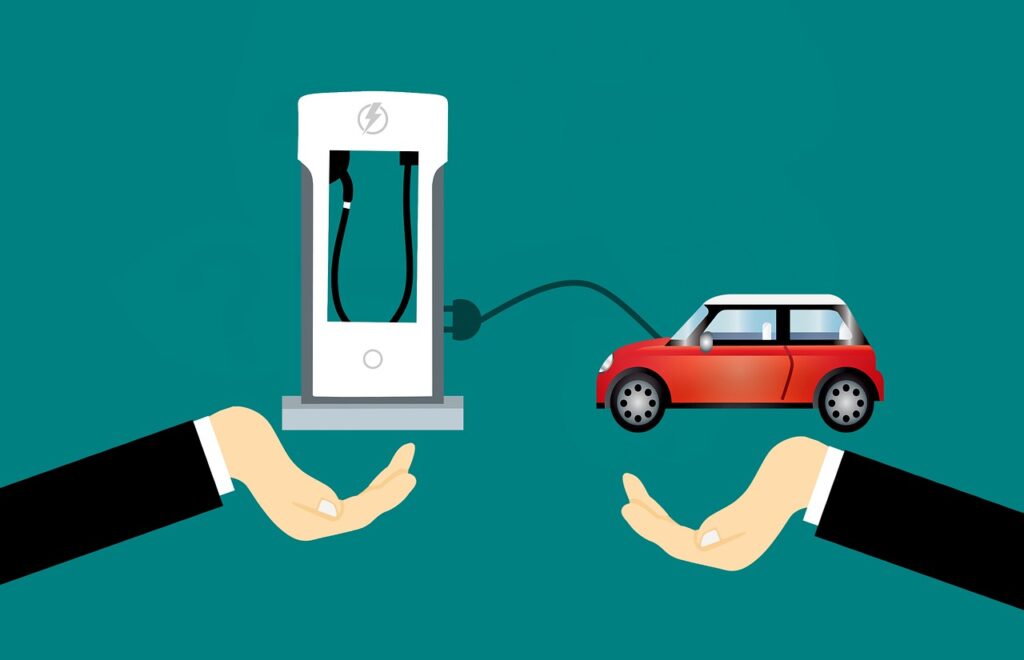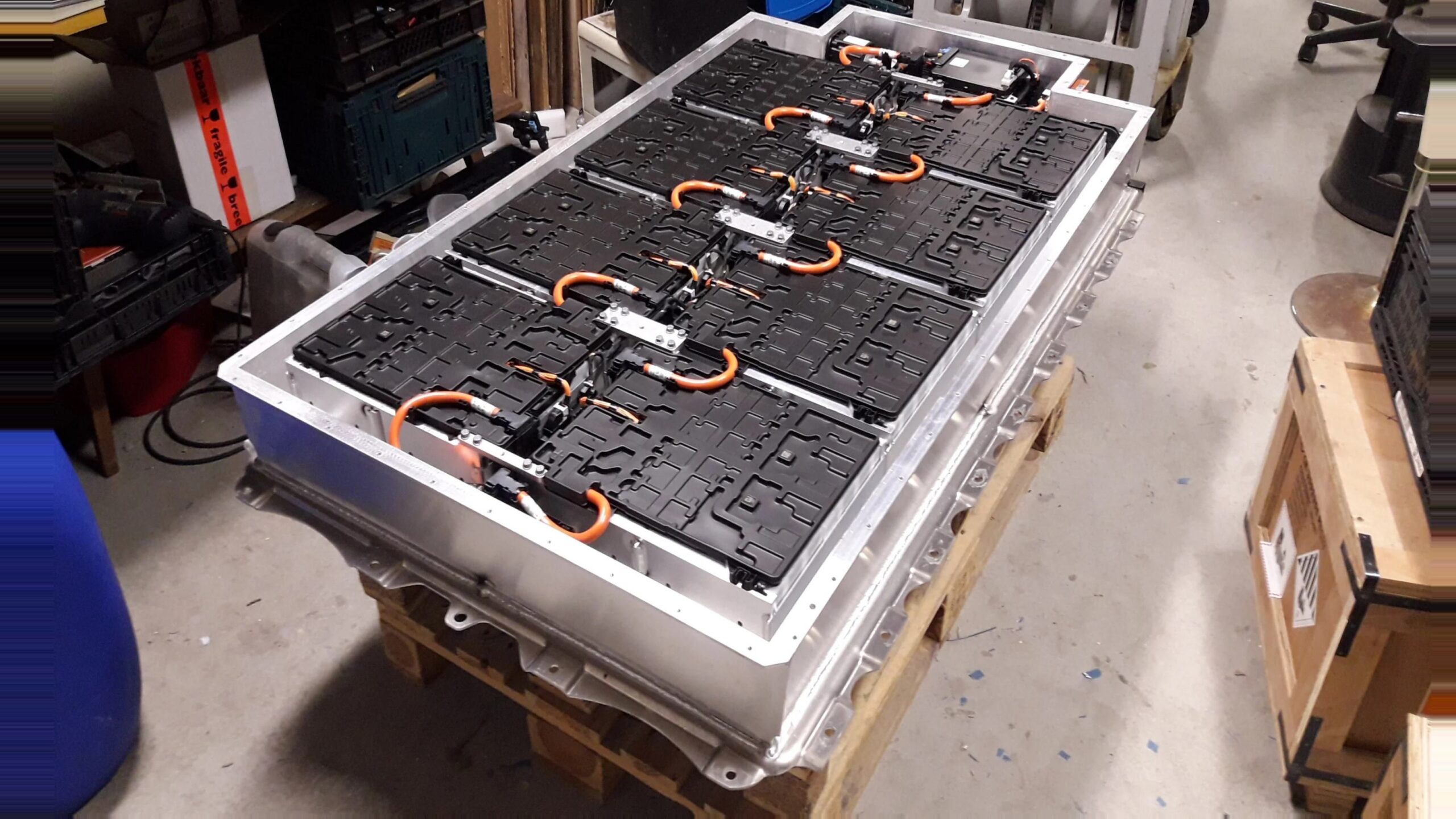Tesla’s upcoming battery production plan for 2026 is creating waves across the automotive and energy industries. What Elon Musk has been secretly building is so revolutionary that it makes everything Tesla has done before look like child’s play. From massive production numbers to groundbreaking technology, the upcoming plans are shocking even the most seasoned industry experts.
In this blog, we uncover the hidden tech Tesla is using to push battery production to unprecedented levels, the progress on their lithium refining plant, and what it means for the future of electric vehicles (EVs) and energy storage. Let’s dive into the details.
How Is Elon Musk Using Hidden Tech to Push Tesla to 500 Batteries Every Second?
Tesla’s battery production is evolving at a breathtaking pace. The company is targeting an astonishing production rate of 536 battery cells per second by 2026. How is Tesla achieving this?

Revolutionary Lithium Refining Process with Salt and Water
Tesla’s lithium refining plant near Corpus Christi, Texas, is the first of its kind, utilizing a low-waste refining method that replaces traditional strong acids with table salt and water. This eco-friendly innovation allows Tesla to produce lithium more sustainably and efficiently.
With a target capacity of 50 gigawatt-hours (GWh) of lithium per year, this plant could supply raw materials for approximately 1 million electric vehicles annually. This vertical integration is key to Tesla’s goal of controlling its battery supply chain.
The 4680 Gen2 Battery: Lightweight and Cost-Effective
The 4680 Gen2 battery cell is a breakthrough for Tesla. It is significantly lighter than previous designs and incorporates dry electrode technology that solves previous production challenges such as coverage and yield. This technology reduces resistance, improves efficiency, and lowers manufacturing costs—critical factors in scaling up production.
What Does Producing 536 Batteries Per Second Mean?
This staggering output means Tesla can mass-produce batteries at a scale never seen before. By combining clean, stable lithium production with high-speed dry coating methods, Tesla is on the path to dominate the EV battery market and accelerate the availability of affordable electric cars.
Tesla’s Vertical Integration: Securing the Future of Battery Production
Tesla is not just innovating in battery technology; it’s also reshaping the entire supply chain to ensure stability and cost control.
Tesla’s Lithium Refining Plant: A Closer Look
Located in Robstown, Texas, Tesla’s lithium refinery has already produced its first batch of spodumene—a lithium-rich mineral. This milestone was reached just 18 months after construction began, a rapid pace rarely seen outside Asia.
Recent drone footage shows the plant’s progress, including the installation of power substations and key refining equipment like the rotating kiln. Tesla aims for the refinery to be fully operational by 2025, with the capacity to produce enough lithium to support their ambitious battery production goals.
Workforce Expansion to Match Production Goals
Tesla has ramped up hiring at the refinery, with dozens of open positions from regional directors to senior metallurgists. This expansion signals the company’s commitment to maintaining high-quality output and scaling production quickly.

Evolution of Tesla Battery Technology: From 18650 to 4680
Tesla’s battery technology has evolved through several major milestones:
- 18650 Cells: Early batteries used in Model S and Model X.
- 2170 Cells: Introduced in 2017, powering Model 3 and Model Y with improved energy density and reduced costs.
- 4680 Cells: Latest generation with tableless design and dry electrode tech, designed for mass production and affordability.
Why Dry Electrode Technology is a Game Changer
By using dry electrode manufacturing, Tesla reduces production complexity, heat usage, and quality variation. This innovation not only speeds up production but also makes it more sustainable.
Cell-to-Pack (CTP) Technology Boosts Efficiency
Tesla’s cell-to-pack technology eliminates the intermediate battery module stage, reducing weight and increasing energy density. This leads to better range and performance for Tesla vehicles.
Tesla’s Supplier Network: Cooperation and Competition
While Tesla advances its in-house production, it still partners with major battery suppliers such as:
- Panasonic: Longtime battery partner since 2010.
- LG Energy Solutions: Supplies 2170 cells for factories in Shanghai and Berlin.
- CATL: Provides lithium iron phosphate (LFP) batteries for Tesla’s standard-range models.
BYD: Partner and Rival
The Chinese battery manufacturer BYD supplies Tesla’s Giga Berlin factory with its proprietary blade LFP batteries, despite being a major EV competitor globally. This mirrors other tech sectors where rivals cooperate in supply chains.
The Importance of Lithium Iron Phosphate (LFP) Batteries
LFP batteries offer longer lifespans and lower costs compared to nickel-based chemistries, making them ideal for affordable Tesla models, especially in China. Tesla is gradually expanding LFP use to other markets as supply chains stabilize.
Expanding Beyond EVs: Tesla’s Energy Storage Revolution
Tesla’s battery plans are not limited to vehicles. Their Power Wall and Mega Packs are transforming residential and utility-scale energy storage.
- Tesla’s energy storage needs could require up to 10 billion battery cells, outpacing vehicle production.
- This expansion strengthens Tesla’s role in the renewable energy ecosystem and grid reliability.

What’s Next for Tesla Batteries?
Solid-State Batteries: The Future
Tesla is actively exploring solid-state battery technology, promising higher energy density, faster charging, and improved safety compared to current lithium-ion batteries.
Faster Charging and Longer Lifespan Batteries
The company is rolling out 500 kW superchargers, drastically reducing charging times. Research on batteries that last up to 1 million miles is underway, aiming to lower lifetime costs.
Commitment to Battery Recycling
Tesla is dedicated to 100% recycling of lithium-ion batteries, partnering with recycling firms like Redwood Materials. This effort supports a sustainable, circular economy in the EV sector.
Tesla’s Competitors in Lithium Refining and US Energy Security
Tesla’s lithium refinery isn’t the only US facility in the race. Stardust Power is building a $1.2 billion lithium refinery in Oklahoma, set to produce 50,000 tons of battery-grade lithium annually.
This regional diversification supports US energy independence and a resilient EV supply chain.
Why Tesla’s 2026 Battery Plans Matter to You
Tesla’s ramp-up will impact:
- EV affordability: Lower battery costs could finally deliver the long-awaited $25,000 Tesla.
- Vehicle availability: Faster production will reduce wait times for Tesla owners.
- Energy solutions: Larger battery supplies enable more widespread adoption of home and grid storage, promoting renewable energy.
Final Thoughts: The Future is Now
Tesla’s secretive and massive 2026 battery production plan is a pivotal moment in the EV and energy industries. The combination of innovative refining methods, dry electrode technology, and vertical integration creates a powerful recipe for success.
Which Tesla breakthrough surprised you the most? Is it the salt-water lithium refining, the dry electrode manufacturing, or the speed of battery cell production? Let us know in the comments!
Stay tuned for future updates on Tesla’s aluminum-ion batteries and other revolutionary technologies that Elon Musk is quietly developing.

FAQs
What is Tesla’s battery production goal for 2026?
Tesla aims to produce over 536 battery cells per second by 2026, a scale never seen before in the industry.
How is Tesla planning to produce 500 batteries every second?
Tesla combines a revolutionary lithium refining process with advanced dry electrode technology and the 4680 Gen2 battery design to achieve this speed.
What is the 4680 battery, and why is it important?
The 4680 battery is Tesla’s new cell design featuring a tableless architecture that reduces resistance, boosts efficiency, and cuts production costs.
What role does Tesla’s lithium refining plant in Texas play?
The plant produces lithium using a low-waste refining process with salt and water, securing Tesla’s raw material supply and reducing dependency on suppliers.
How does dry electrode technology improve battery manufacturing?
It minimizes processing steps, reduces heat usage, increases yield, and promotes sustainability in production.
What are LFP batteries, and why is Tesla focusing on them?
LFP (lithium iron phosphate) batteries offer lower costs and longer lifespans, making them ideal for standard-range Tesla models.
Who are Tesla’s major battery suppliers?
Key partners include Panasonic, LG Energy Solutions, CATL, and BYD, supplying various battery chemistries and formats.
Is Tesla fully self-sufficient in battery production?
Not yet. Tesla is increasing in-house production but still relies on suppliers to meet growing demand.
What is cell-to-pack (CTP) technology?
CTP technology eliminates the battery module stage, reducing weight and increasing energy density in Tesla vehicles.
How does Tesla’s battery innovation affect EV prices?
Advancements and scale will help lower battery costs, potentially enabling Tesla to produce affordable models like the $25,000 EV.
What is Tesla’s plan for battery recycling?
Tesla aims to recycle 100% of its lithium-ion batteries, partnering with companies like Redwood Materials to promote a circular economy.
How fast can Tesla’s new superchargers charge vehicles?
Next-gen superchargers can deliver up to 500 kW, significantly reducing charging times for models like the Cybertruck.
What is Tesla’s vision for solid-state batteries?
Tesla is researching solid-state tech to increase energy density, safety, and charging speed beyond current lithium-ion cells.
How does Tesla’s lithium refinery compare to other US facilities?
Tesla’s Texas refinery is among the fastest developed, aiming for 50 GWh annual lithium production, complementing other projects like Stardust Power in Oklahoma.
What impact will Tesla’s battery production ramp-up have on the EV market?
It will increase vehicle availability, reduce prices, and strengthen the global EV supply chain.
How many battery cells does Tesla use in each vehicle?
For example, Model 3 and Y standard range use around 2,976 cells, while Model S and X use over 7,000 cells each.
Why is Tesla investing in vertical integration?
Vertical integration allows Tesla to control raw material supply, reduce costs, and accelerate innovation.
What challenges did Tesla face scaling 4680 battery production?
Scaling dry electrode manufacturing and improving yield were key challenges that Tesla has been addressing.
How is Tesla expanding its workforce for battery production?
Tesla is hiring specialists, managers, and technical staff at its refining plants and gigafactories to meet production goals.
What are the environmental benefits of Tesla’s new lithium refining method?
Using salt and water instead of strong acids reduces hazardous waste and lowers environmental impact.
How will Tesla’s battery advancements affect renewable energy storage?
Tesla’s energy storage solutions like Power Wall and Mega Pack will become more affordable and efficient, supporting wider renewable energy adoption.
Read More:
- Tesla to make app change for easier communication following Service
- Tesla talks Semi ramp, Optimus, Robotaxi rollout, FSD with Wall Street firm
- Tesla is overhauling its Full Self-Driving subscription for easier access
- 2026 Tesla Pi Phone $799 FINALLY Launch! Elon Musk Confirms Release date Before 2026!
- $159 Tesla Smart Watch Arrives! What are SHOCKING Features that Destroy Apple Watch Series 11?


2 thoughts on “2026 Tesla’s SHOCKING Battery Production Plan is Finally Revealed: What is Elon Musk Hiding?”